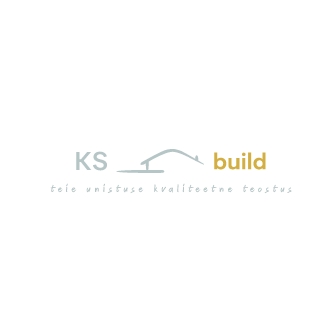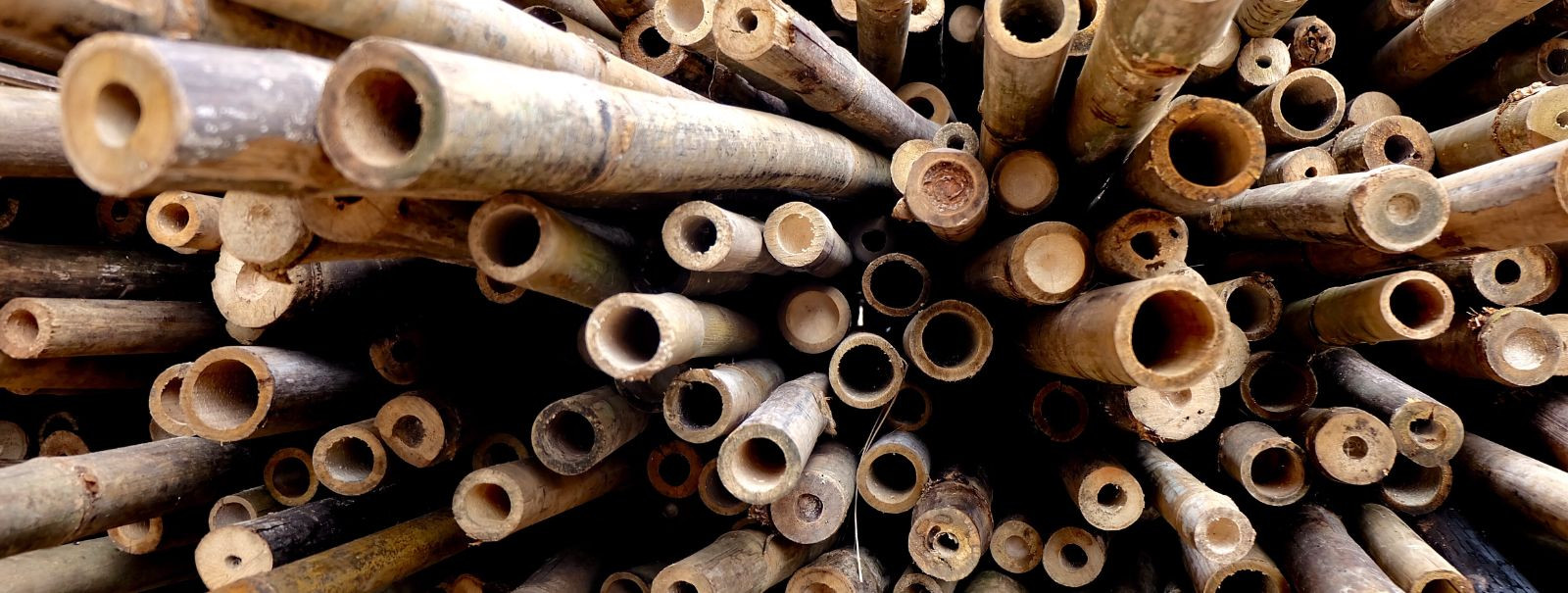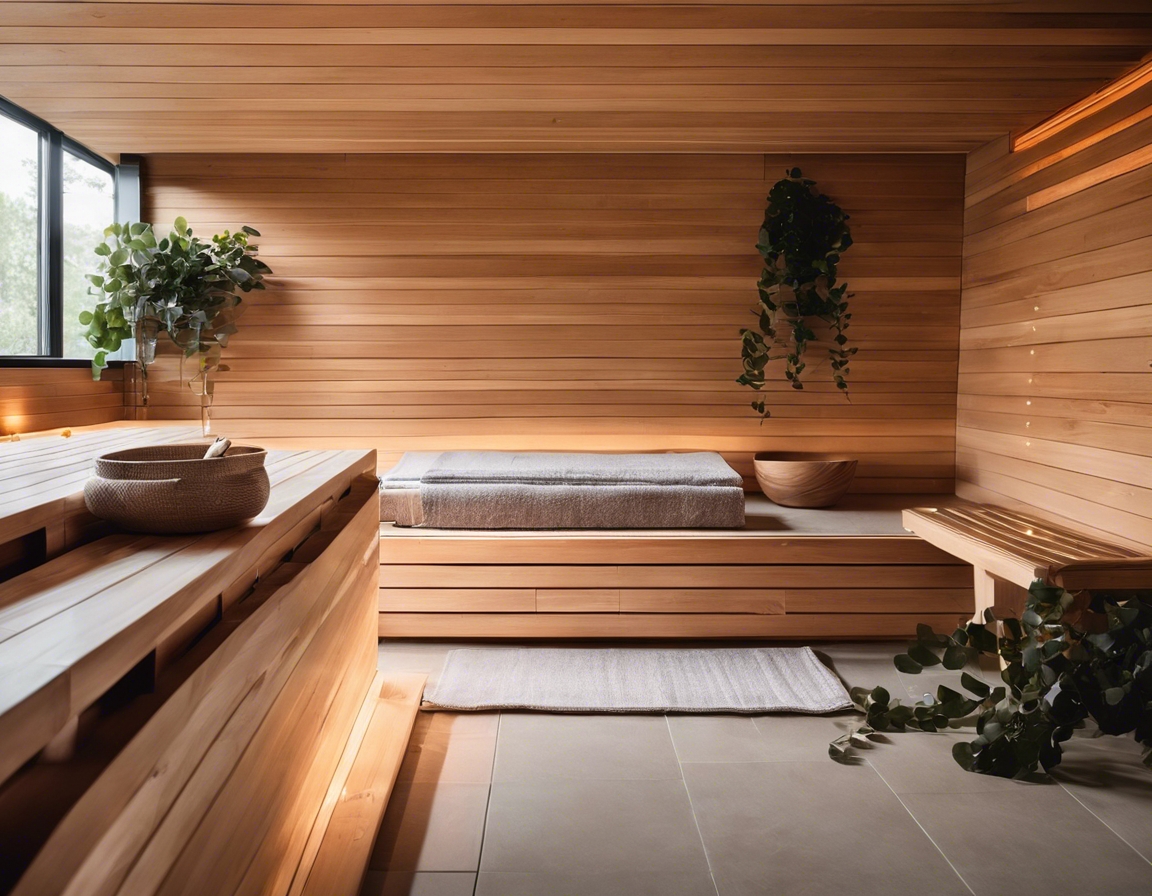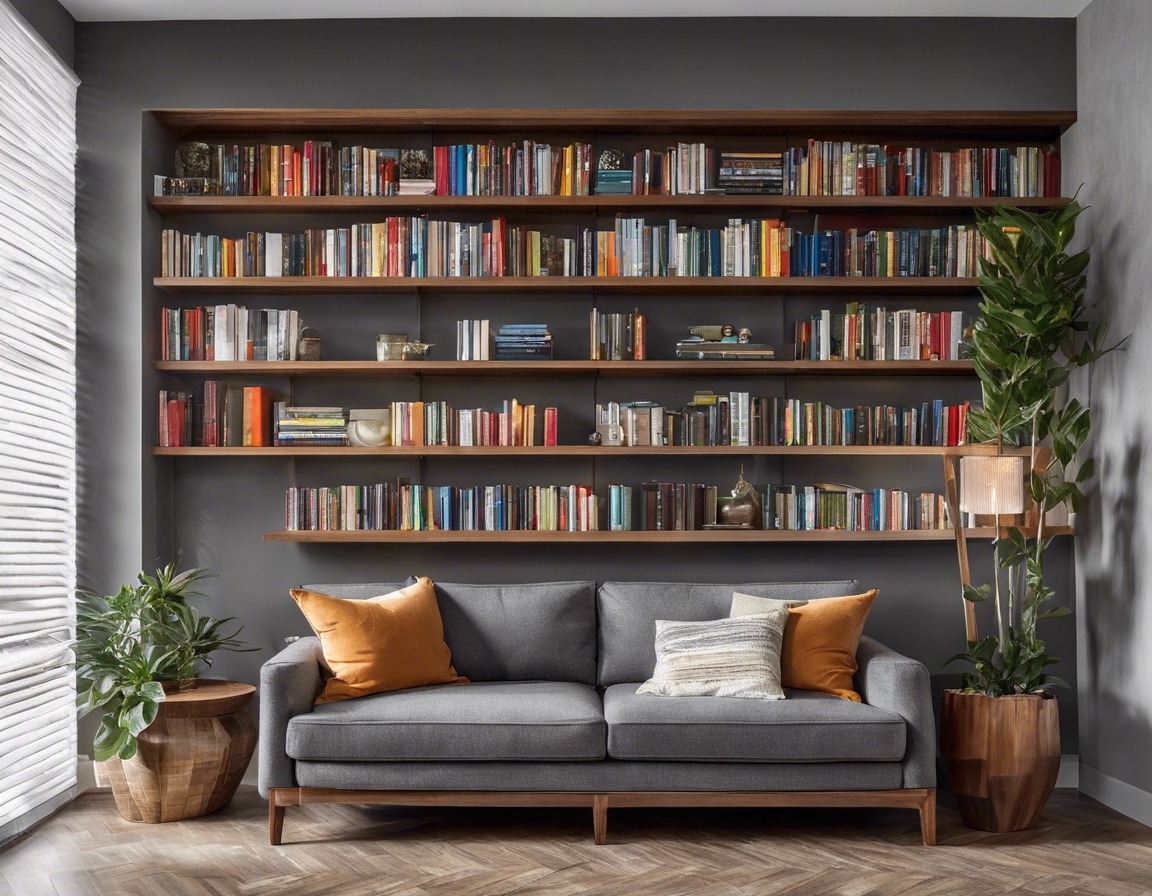5 eco-friendly materials transforming modern homes
As the world becomes increasingly aware of the environmental impact of traditional building materials, the demand for sustainable and eco-friendly alternatives is on the rise. Modern homes are now being transformed with materials that not only reduce carbon footprints but also offer durability, efficiency, and aesthetic appeal. In this post, we'll explore five eco-friendly materials that are making a significant impact on the way we build our homes.
1. Bamboo: The Versatile Giant
Bamboo is one of the fastest-growing plants on Earth, making it an incredibly renewable resource. Its ability to regenerate quickly without the need for replanting or the use of harmful pesticides underscores its sustainability.
With its remarkable strength-to-weight ratio, bamboo is becoming a popular choice for modern construction. It's not only strong and lightweight but also flexible, allowing for innovative design possibilities.
Bamboo can be used in various aspects of home construction, including flooring, cabinetry, and structural elements. Its natural beauty adds a warm, organic touch to interiors, while its durability ensures long-lasting performance.
2. Recycled Steel: Strength Redefined
Steel is one of the most recycled materials in the world. The process of recycling steel saves energy and reduces greenhouse gas emissions, making it a highly sustainable choice for construction.
Recycled steel maintains the strength and durability of new steel and can be used in the same applications. It provides a way to build strong, fire-resistant structures while minimizing environmental impact.
From structural framing to roofing, recycled steel is versatile in its use. It allows for quick assembly and can be engineered to meet specific design requirements, making it ideal for modern homes.
3. Cork: Nature's Acoustic Insulator
Cork is harvested from the bark of cork oak trees, which does not harm the tree and allows it to continue growing. This sustainable practice ensures that cork production can continue without depleting resources.
Known for its excellent insulation properties, cork is also resistant to mold, mildew, and pests. It provides a natural thermal barrier and is also a fantastic acoustic insulator, making it perfect for flooring and wall coverings.
Cork can be used in many areas of the home, from floors to walls, and even in furniture. Its versatility and eco-friendly nature make it a smart choice for those looking to build or renovate with sustainability in mind.
4. Rammed Earth: Building from the Ground Up
Rammed earth is a technique that has been used for thousands of years, involving the compacting of earth mixed with natural binders. This method creates walls that are not only sustainable but also have a unique aesthetic.
Today's rammed earth construction uses modern technology to enhance the durability and performance of this ancient material. It can be used to create energy-efficient homes with a distinct connection to the natural environment.
Rammed earth walls are not just environmentally friendly; they also provide excellent thermal mass, keeping homes cool in the summer and warm in the winter. Their natural texture and color bring a sense of tranquility and earthiness to any space.
5. Hempcrete: The Plant-Based Building Block
Hempcrete is a bio-composite material made from the woody inner fibers of the hemp plant mixed with lime and water. It is a lightweight, insulating material that is also breathable, regulating indoor humidity.
As a rapidly renewable resource, hemp absorbs CO2 during its growth, making hempcrete a carbon-negative material. Its production requires minimal energy, further reducing its environmental footprint.
With its excellent thermal properties and resistance to pests and mold, hempcrete is becoming a popular choice for walls, insulation, and flooring in eco-conscious home construction.






Comments (0)